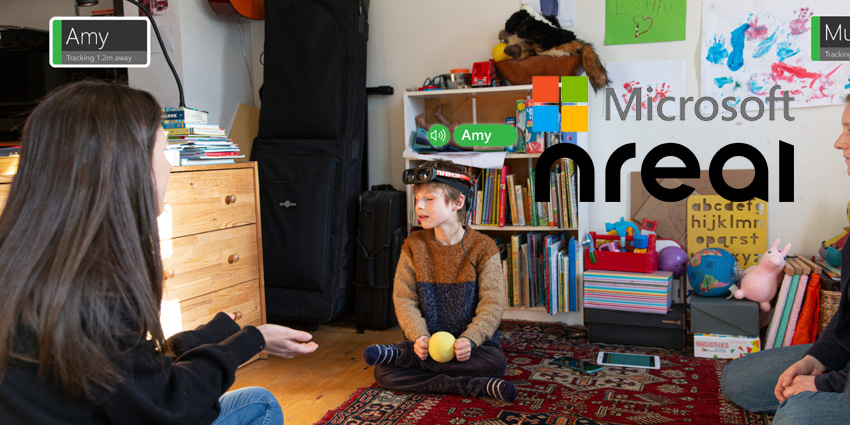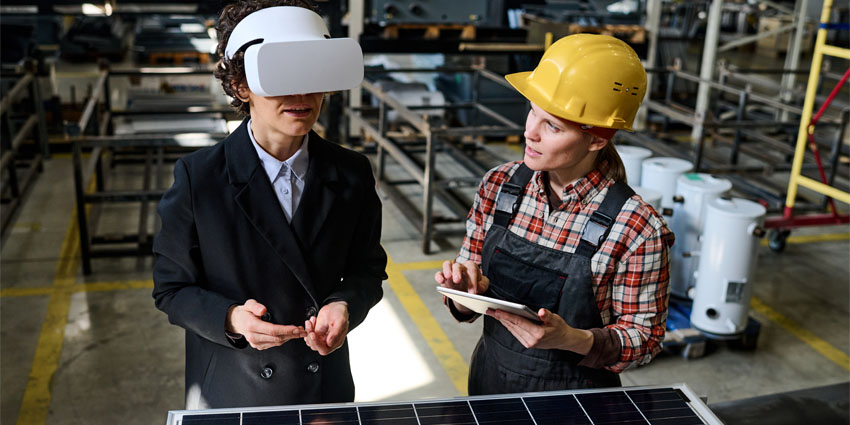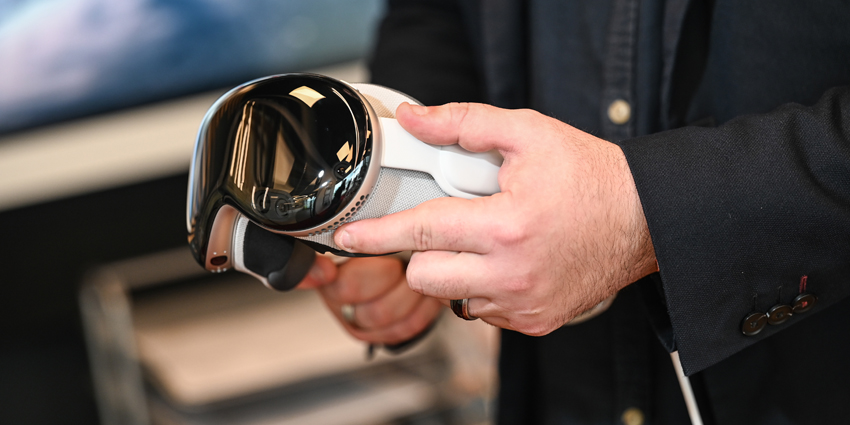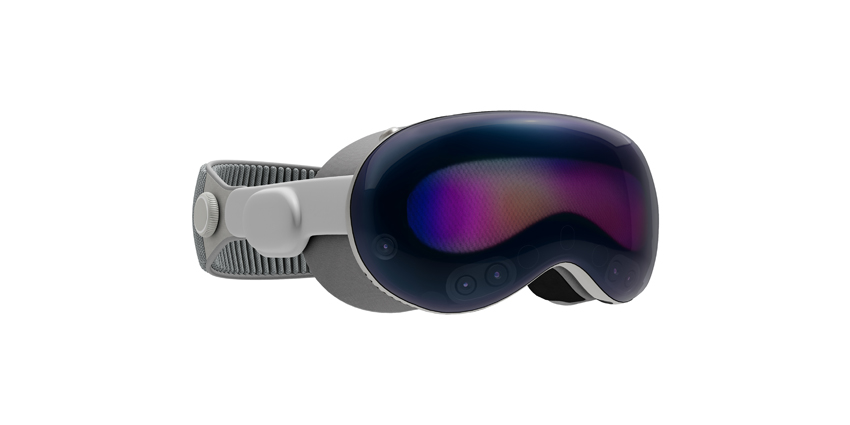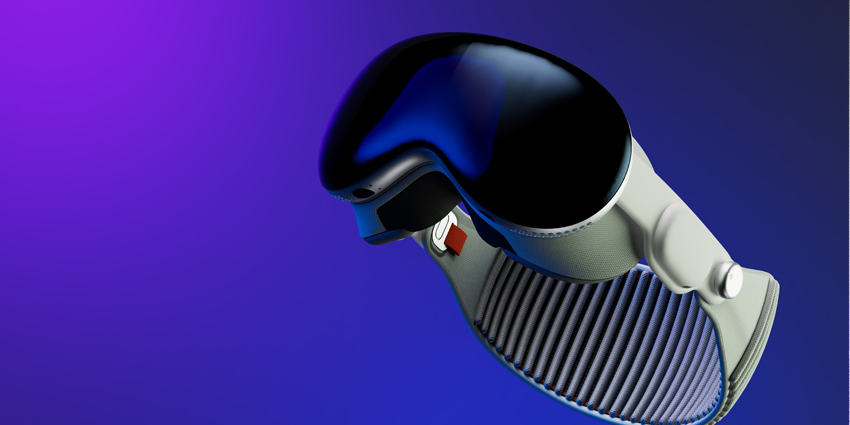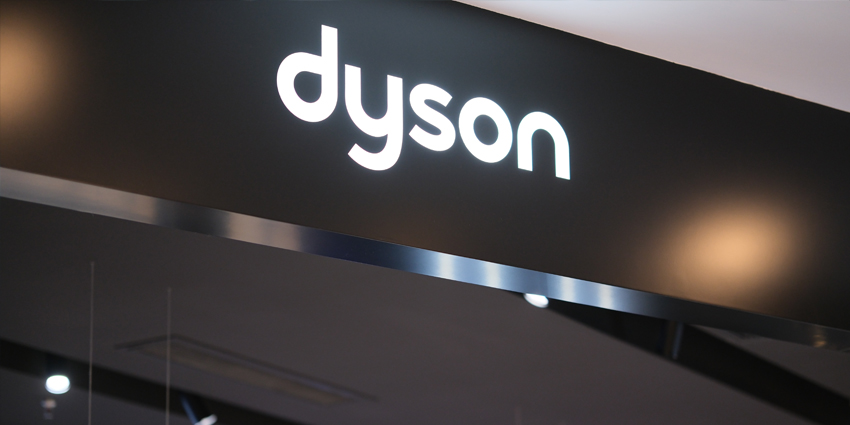Last week, technology giant Microsoft and smart glasses vendor Nreal partnered to develop an augmented reality (AR) solution to improve social interaction among blind children. The pair are creating research technology that assists low-vision children with locating and identifying others.
The partnership resulted in PeopleLens, a head-mounted device (HMD) that sits just above a wearer’s eyes and uses spatial audio to read the names aloud of individuals when a child looks at them.
Using spatial audio, the HMD locates individuals in a space to create a mental map of a child’s surroundings, which Microsoft calls a People Map.
The Nreal-powered headset uses a digital line of sight to detect the location of individuals and relays this back to the user, enabling blind children, or those with low vision, to understand a group’s relative position and distance.
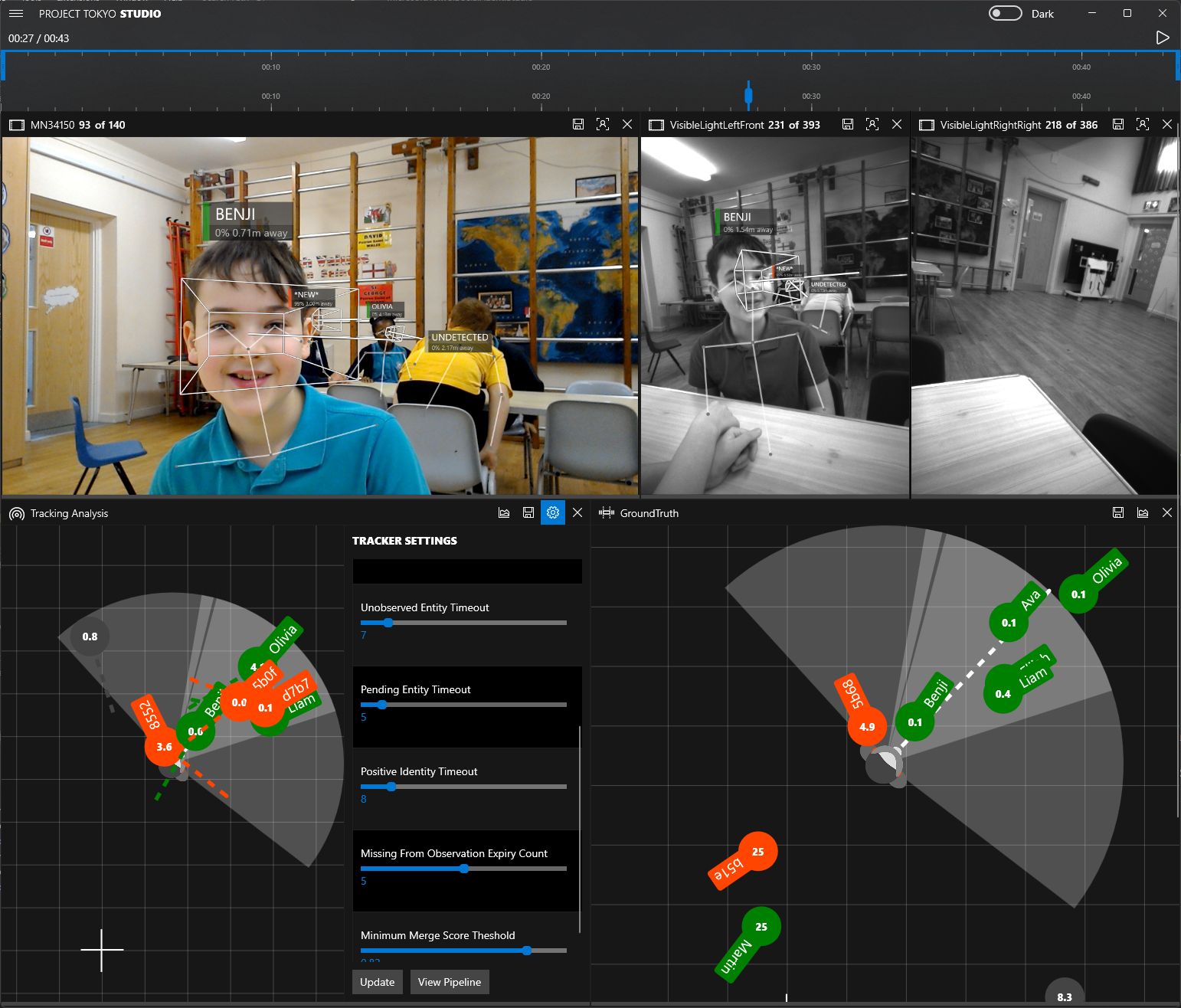
Microsoft is developing the PeopleLens platform using Nreal Light technology, a pair of AR smart glasses connecting to an external computing box.
Also, the tech giant is recruiting children in the United Kingdom between the ages of 5 to 11 to enhance the product as part of a multistage research study led by the University of Bristol.
AI-Powered
PeopleLens works by utilising an artificial intelligence (AI) platform to track the wearer’s surroundings in real-time.
Microsoft researchers are using four state-of-the-art computer vision algorithms to understand the surroundings of a child with low-vision, where the AI platform can locate, identify, track, and capture the eye-gaze of nearby peers.
The AI platform also stitches together a digital world map based on recorded real-world data, where the headset translates real-world data to the wearer via spatial audio notifications to create the PeopleMap.
The news comes after Meta announced new AI technology for its extended reality (XR) solutions during a keynote in February.
The Menlo Park-based firm unveiled Project CAIRaoke, a conversational AI platform, at the online event and expects the solution to become the foundation for AI-powered digital assistants.
Meta additionally works with spatial data company Matterport to improve object recognition by using Matteport’s database of digital twins of indoor spaces to power the platform.
